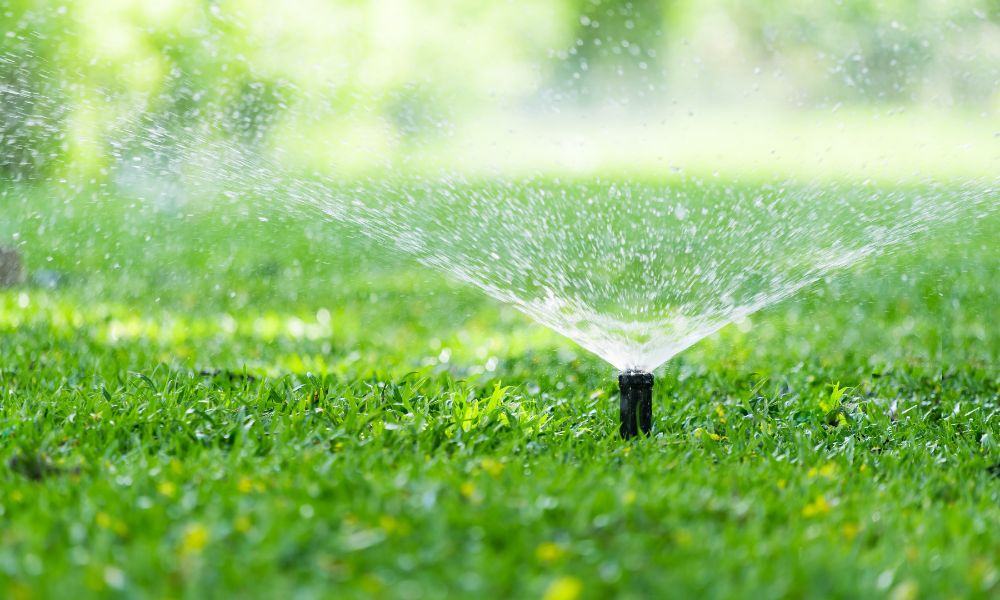When the greenery in your yard starts to resemble the tan savannah, you know it’s time to pay attention to your watering routine. Dry conditions pose a significant challenge, leaving homeowners and commercial properties alike with parched earth and withered plants. Use these essential practices for lawn care in dry conditions to overcome the drought, one drop at a time, without wasting water.
Adjusting Your Watering Schedule
In periods of low precipitation, your lawn relies on your irrigation tactics alone. Homeowners often overlook the critical role environmental conditions play in water absorption.
Tailoring your watering to the weather is key. On cooler, windless days, aim to water deeply yet infrequently—about 1 to 1.5 inches once a week. This will encourage deep root growth. When the temperature climbs, avoid the temptation to overcompensate with frequency and volume, which leads to shallow roots and increased water loss from evaporation.
Instead, add more sessions to your watering routine while maintaining a consistent volume and keeping a close eye on your lawn’s reaction to the changing regimen. In regions with water restrictions, this strategy is a saving grace.
Landscape Plants That Thrive in Deserts
If your current yard ensemble looks drought-addled, consider a horticultural intervention. Selecting the right grass and companion plants reduces your landscape’s water appetite. Use warm-season grasses like buffalo, Bermuda, or zoysia varieties. These species are hardy and capable of retaining moisture more effectively than their counterparts.
When it comes to adding greenery, prioritize native and drought-tolerant specimens. Succulents like Agave dazzle with their unique aesthetic and are incredibly water savvy, making them an excellent option for dry landscapes.
Long-lasting plants like cacti thrive in warm climates like Las Vegas and may make the effects of drought on your lawn look less drastic. Landscaping contractors in Las Vegas, such as NV Landscapes, will ensure you have the right plant life and structure for your lawn to combat the effects of dry conditions.
Mowing and Mulching
Mowing isn’t just for aesthetics—it’s crucial to maintaining a healthy lawn, especially during dry seasons. Adjust your mower height to the highest setting to keep the grass taller, provide more shade to the soil, and reduce water evaporation. Avoid cutting more than one-third of the grass blade when you mow.
This practice for lawn care in dry conditions keeps the grass insulated and less susceptible to moisture loss. Additionally, consider aerating your lawn to alleviate soil compaction and enhance water penetration.
Mulching, whether with grass clippings or a layer of straw, around the base of your plants offers a protective barrier. It regulates soil temperature and moisture. The slow moisture release is a critical lifeline in hot, dry conditions.
The battle against a parched lawn might seem formidable. But armed with the right practices, you’ll transform your outdoor space into an oasis of green, even in the sweltering summer. A little ingenuity goes a long way for your garden and the globe.
